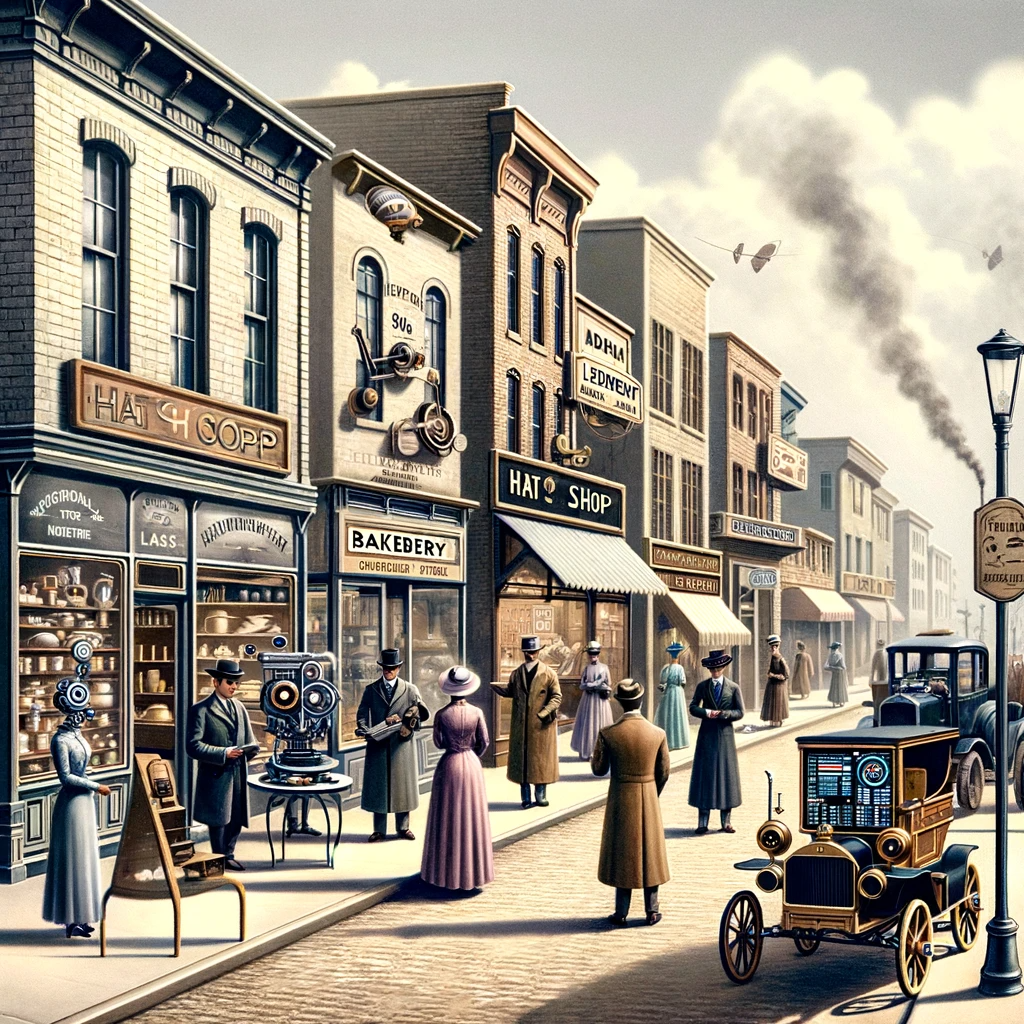Harnessing the Wonders of Automated Intelligence: A Guide for Roaring Twenties Businesses
2023-11-27
In an era where the rattle of typewriters and the buzz of telegraph lines signify the height of business technology, the concept of "Automated Intelligence" might sound like a fancy tale from a Jules Verne novel. However, this guide aims to demystify Automated Intelligence (AI) and illustrate its potential for businesses in the 1920s. Here, we explore how even the most traditional businesses on Main Street can harness this novel marvel to streamline operations, reduce expenses, and delight their clientele.
Understanding Automated Intelligence
What is Automated Intelligence?
Automated Intelligence, in its simplest form, is akin to a mechanical brain. It performs tasks, much like a human clerk would, but with the precision and speed of our finest machinery. This includes the ability to learn from patterns, make decisions, and even interact with customers.
Why Should Businesses of the 1920s Care?
Imagine a world where your ledger entries are tallied in a blink, or where customer preferences are anticipated without a lengthy conversation. This is the promise of AI, making it not just a luxury but a necessity for forward-thinking businesses.
How to Embrace and Utilize Automated Intelligence
Identifying the Appropriate Mechanisms
Customer Ledger Automation: AI can keep track of customer transactions and preferences, much like an automated ledger.
Automated Correspondence Handling: Imagine a device that can help draft and send customer correspondences more efficiently, like an advanced typewriter.
Predictive Inventory Control: AI can predict which goods will be in demand, ensuring your store is never over or under-stocked.
Integration into Your Business Practices
Enhancing Customer Service: Automated Intelligence can help manage customer inquiries, freeing up your staff for more complex tasks.
Efficient Bookkeeping: AI can assist in managing your financial records with unprecedented accuracy.
Training and Adaptation
While this technology may seem daunting, it's designed to be user-friendly. Think of it as teaching a new employee, albeit one that learns at an astonishing rate.
Navigating the Challenges
Investment and Complexity
Although the initial investment might seem substantial, consider it akin to acquiring a state-of-the-art cash register or a top-of-the-line typewriter.
Security and Confidentiality
With new technology comes new responsibilities. Ensuring that customer information is handled with the utmost care is paramount.
Conclusion
For the businesses of the 1920s, embracing Automated Intelligence is like opening the door to a new world of efficiency and opportunity. It's an invitation to be at the forefront of a commercial revolution, blending the charm of traditional business with the wonders of modern mechanization.




